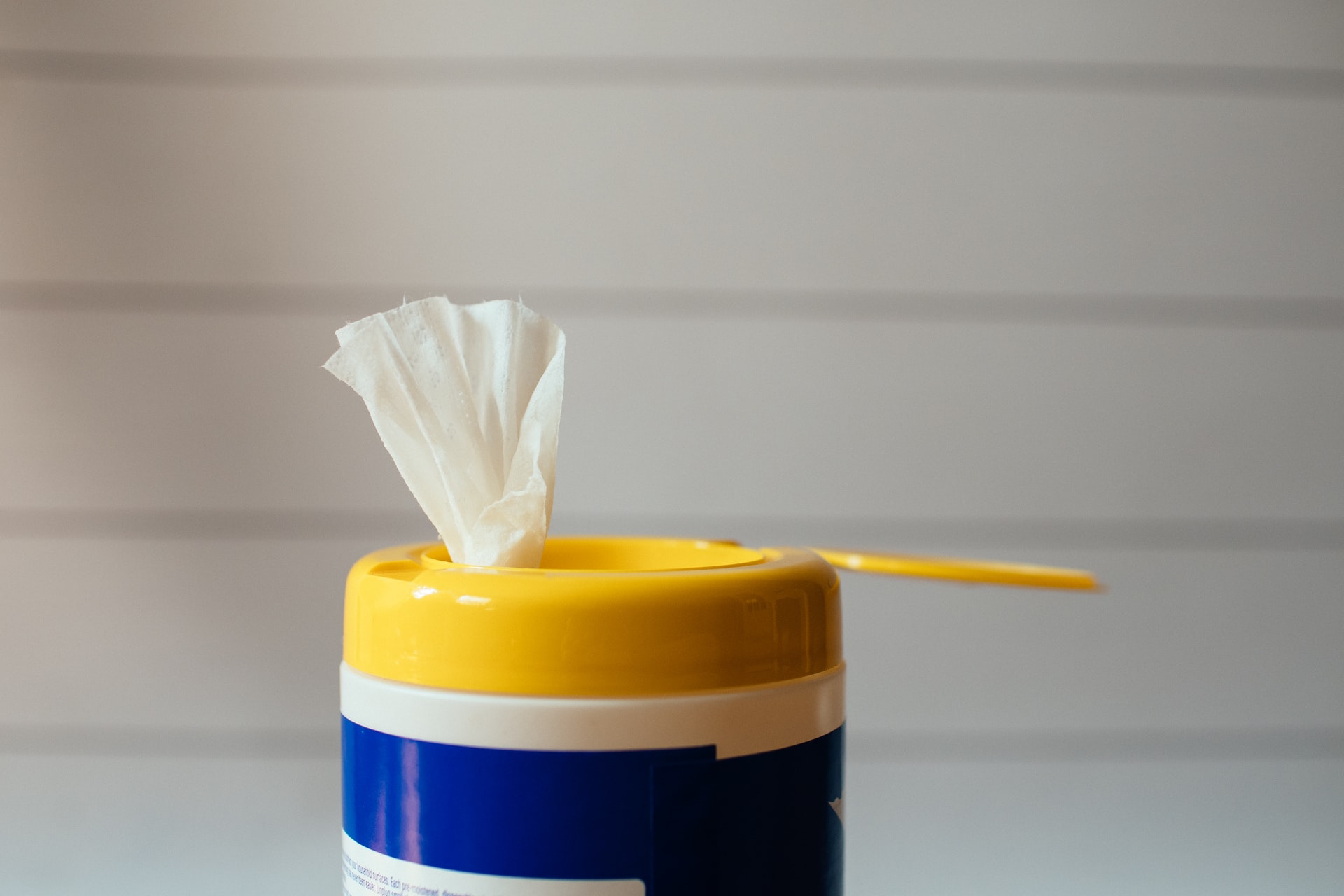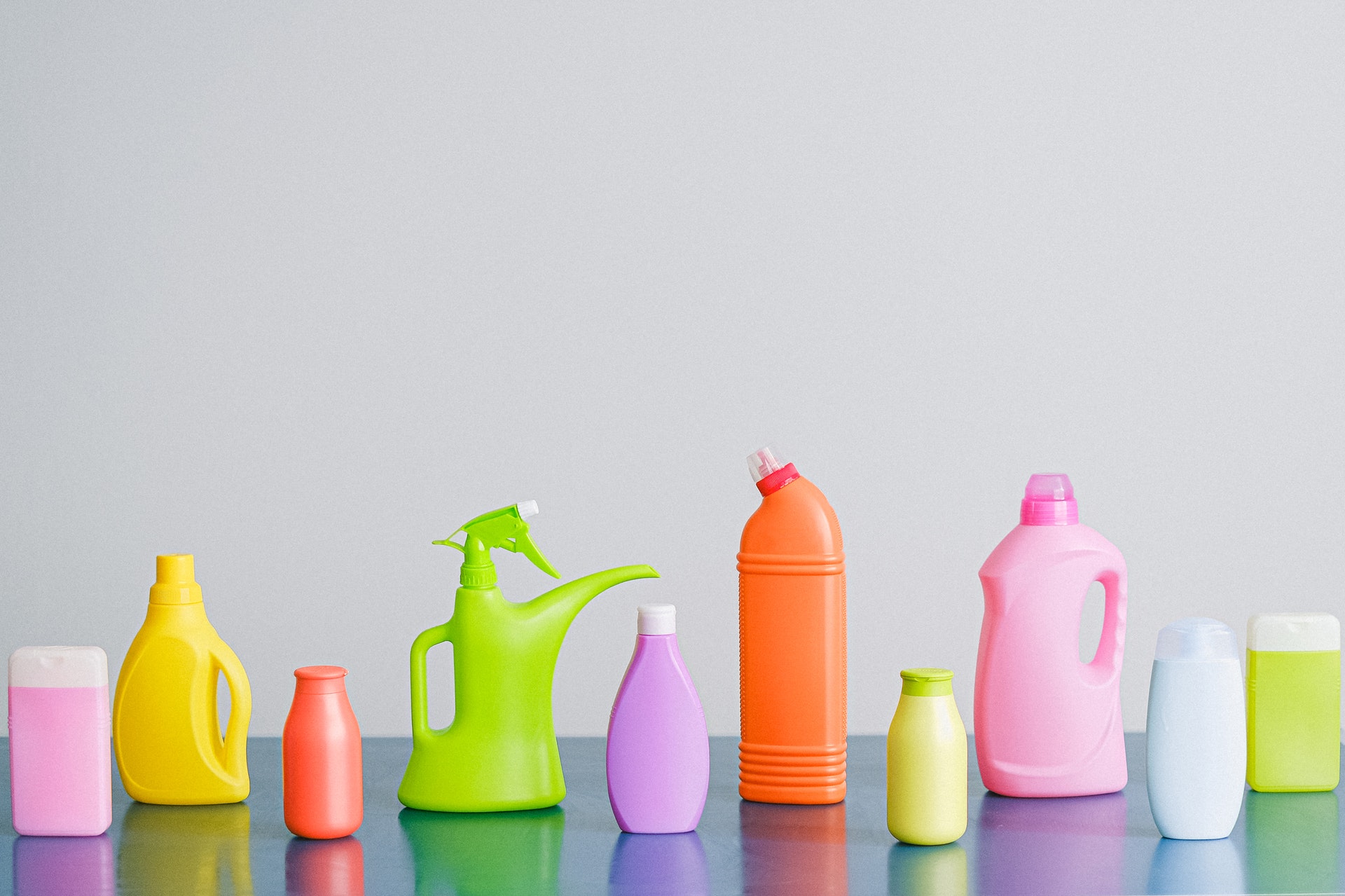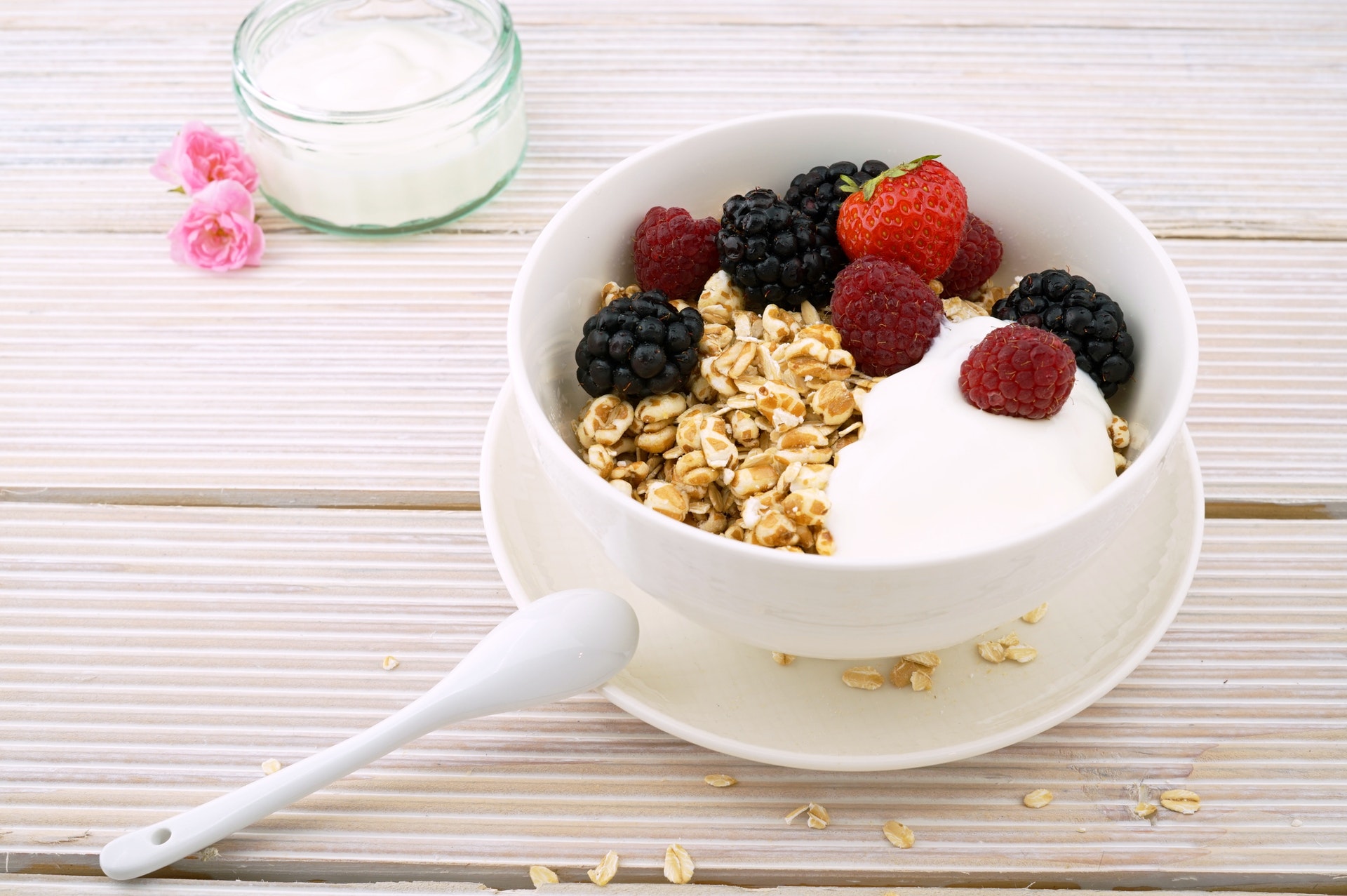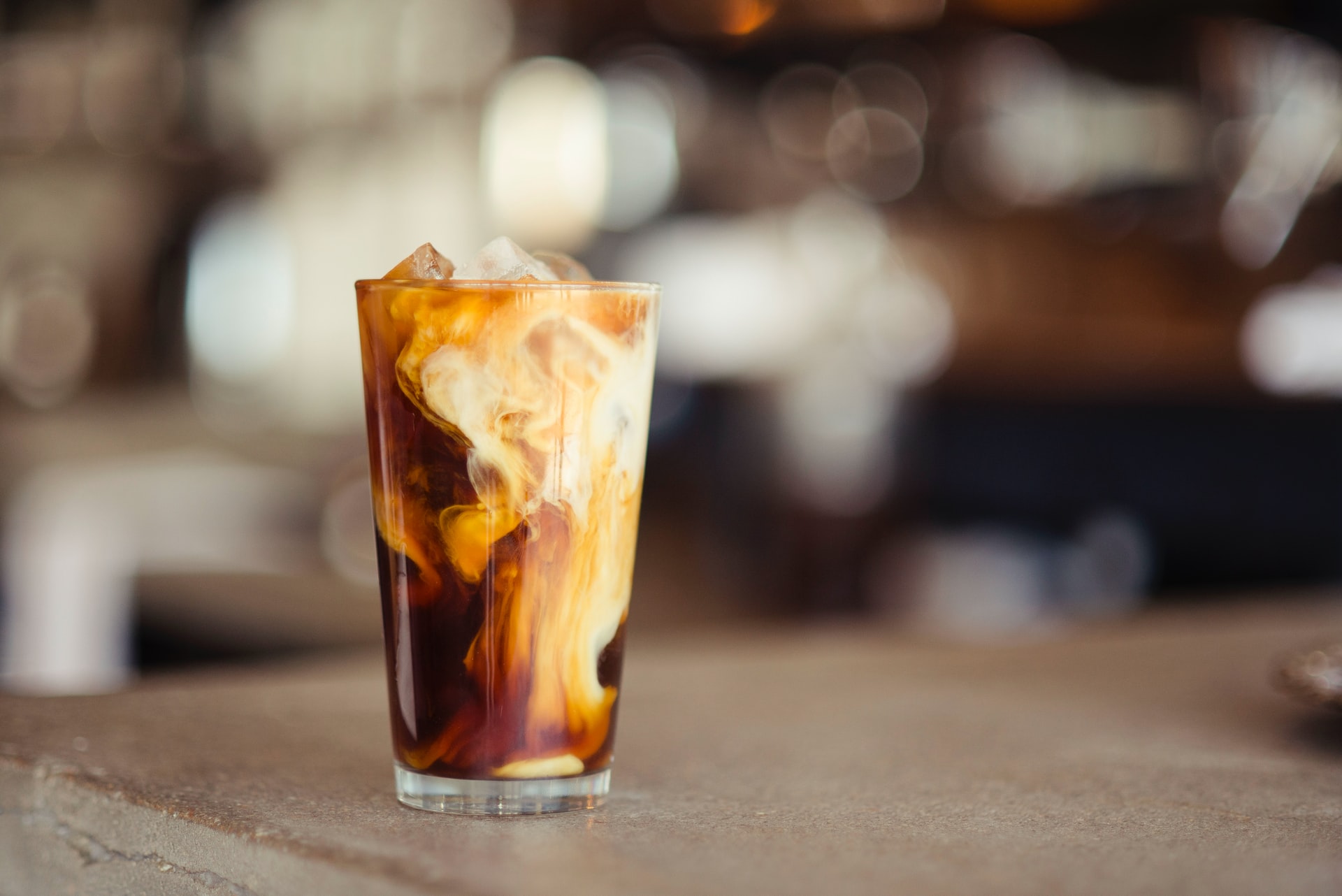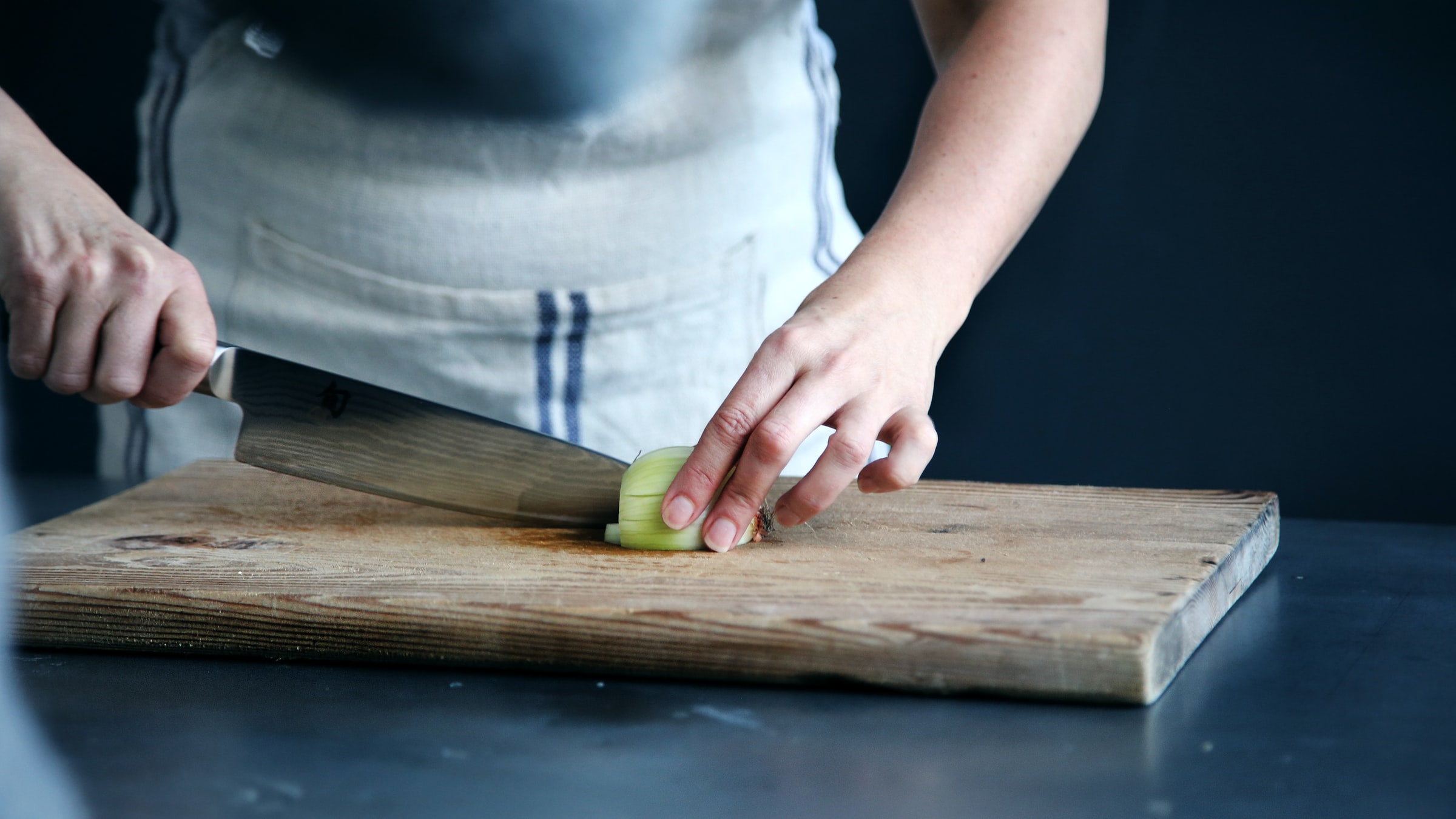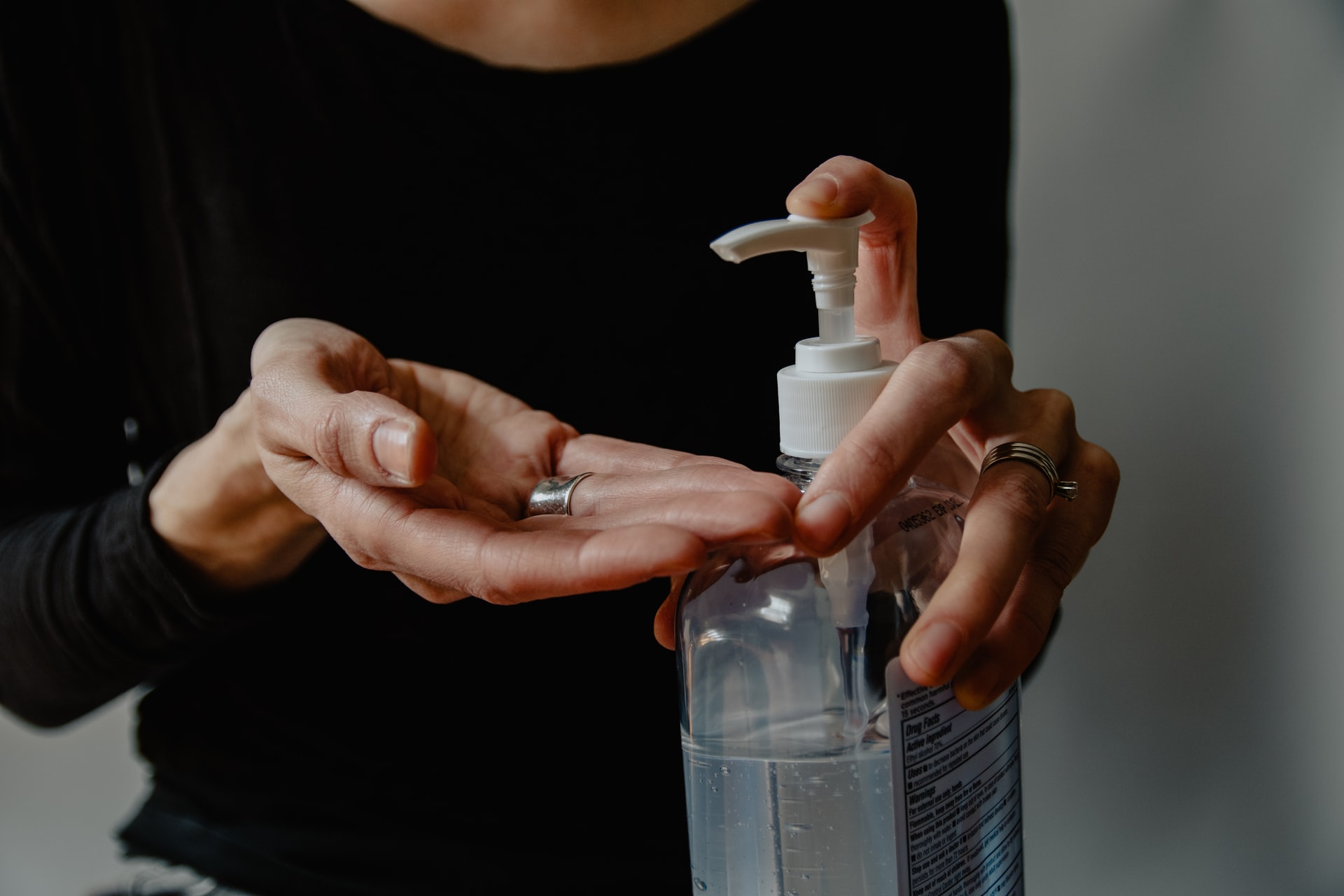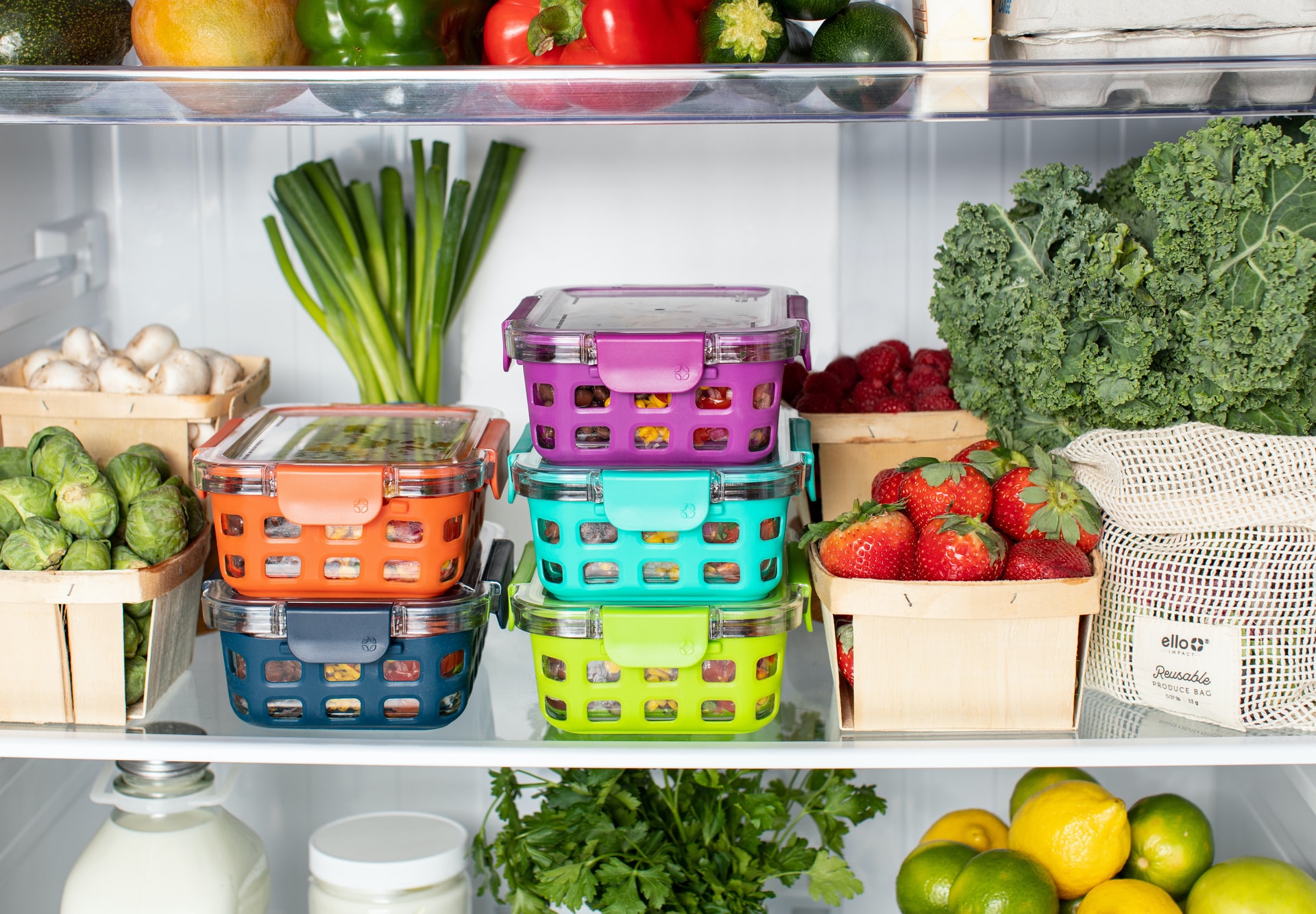Beverages You Should Moderate or Cut Out Entirely
The landscape of drinks in today’s age has drastically changed as more “healthy” drinks have entered the market. Beyond the vibrant packaging and high promises, you’ll find that many of these aren’t good for you at all. In many cases, sugar-sweetened beverages are the main source of added sugar in an American diet. While one of these drinks in moderation won’t be the end of the world, it can really add up if you are unaware. Here are some of the drinks and tips to avoiding added sugars in your diet. Fruit Juice. Fruit itself is packed with nutrients, antioxidants and filling fiber. They do contain natural sugars but are bundled with valuable nutrients such as vitamins and minerals. A fruit juice essentially strips away all that added fiber and leaves just the sugar and calories. A pasteurized fruit also decreases the nutrients in the juice itself. An excess of fruit juice, specifically without the corresponding fiber can lead to metabolic syndrome, liver injury and obesity. Sugary Coffee Drinks. Coffee boasts many health benefits, but sugary specialty drinks like Frappuccinos outweigh any benefits they pose. These drinks are packed with added sugar. Avoid sugary syrups and whipped toppings. These will lead to a heavier crash once the sugar high wears off. Sweetened Nut Milks. A plant-based milk is favorable among modern drinks, but unless it’s unsweetened it may be doing more harm than good. A sweetened nut milk is packed with sugar for extra flavor. This applies to any plant-based milk such as almond, hazelnut and oat. Since these milks are already lower in protein than animal or soy milk, you’re not adding much benefit to your diet. Sports Drinks. Electrolyte replacement drinks aren’t necessary unless you’re a high-performance athlete. These are best for high intensity workouts over prolonged periods of time (over 90 minutes). For moderate exercise like an elliptical workout, water will do just fine. These sports drinks will add significant calories if they aren’t balanced with the right exercise, and readily available carbs and minerals. Sparkling Waters. Check your sparkling water for any sneaky artificial sweeteners. Look for aspartame, acesulfame-K, sucralose or saccharin. Reading the label can help you spot sparkling waters that aren’t great for you. Instead of an artificially flavored sparkling water, look for plain sparkling water with a bit of fruit juice for flavor. Source: Good Housekeeping


